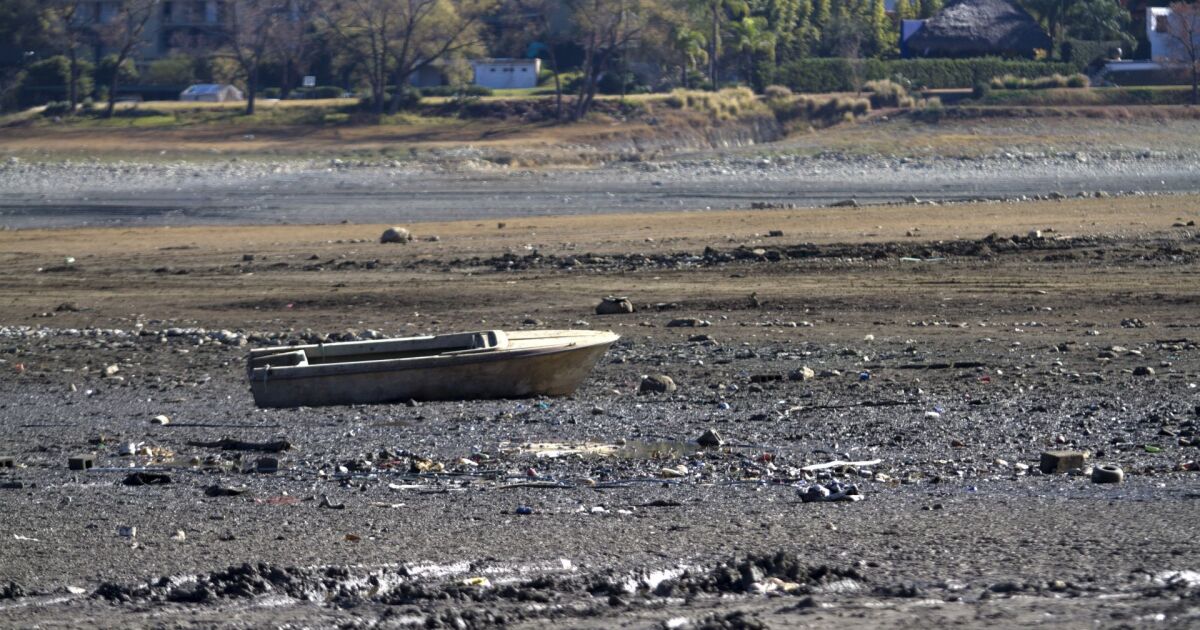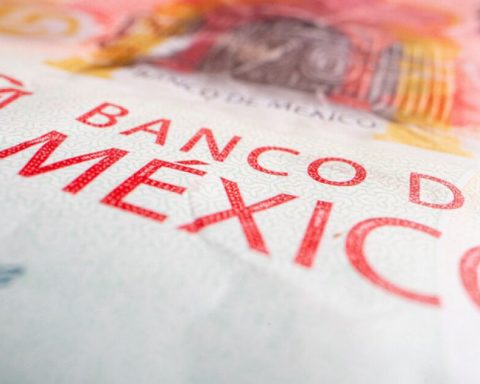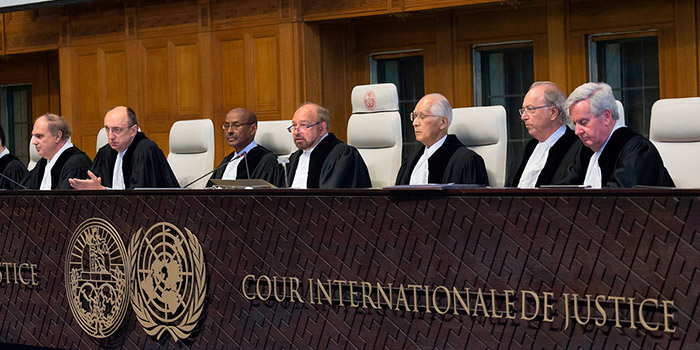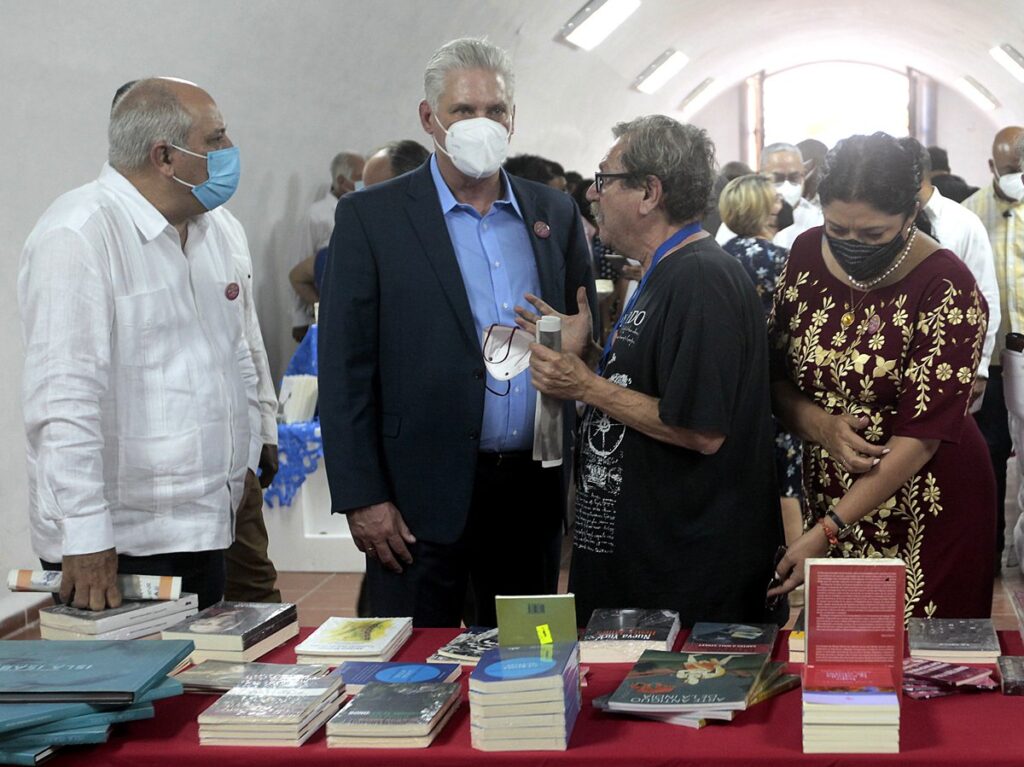Although it is true that the water deficit is a historical problem, which is mainly due to the overexploitation of a few private companies, the lack of infrastructure for water treatment, unattended leaks in homes and urban areas, as well as the null attention to capturing natural runoff, the last 2 years have been catastrophic in terms of drought. This is due to the increase in temperatures in the entity, which have been recorded as the hottest in its history.
The effects of global warming have been widely documented by experts and the lack of water is one of the most severe. This is related to the deficit of green areas, the lack of environmental services due to the absence of trees, and water harvesting schemes. For this reason, denying the relationship that exists between the climatic emergency that we are experiencing and the water crisis in the royal cities reduces the possibilities of a solution. It is not a minor matter.
According to reports from the Autonomous University of Nuevo León, in areas such as the north-west of Monterrey, where 60% of the city’s population lives, there is a deficit of green area per capita 6 times greater than that stipulated by the World Health Organization (WHO). In these hot plates the temperatures are up to two degrees above the average for the rest of the city.
The Monterrey Metropolitan Area (ZMM) is an example of what can happen at the national level if the problem is not addressed from the highest level. Every government and legislative policy should today start from the environmental crisis and be linked to climate action. Otherwise, investment in urban and rural infrastructure will continue to be unsustainable. We are risking the future of the communities and the people who inhabit them, and large-scale and long-term investments are required.
For example, what should the federal government focus on in the face of the climate emergency and the water crisis in the north of the country? in green infrastructure. International organizations estimate that Mexico needs to invest close to 2% of the Gross Domestic Product (GDP) to attend to the water sector, but the reality is that the investment is below 1%.
Data from the Mexican Institute of Water Technology (IMTA) reveal that to face and resolve the issue of national water security, an annual investment of almost 49 million pesos is needed for at least the next 21 years; today only 30 million are allocated.
















